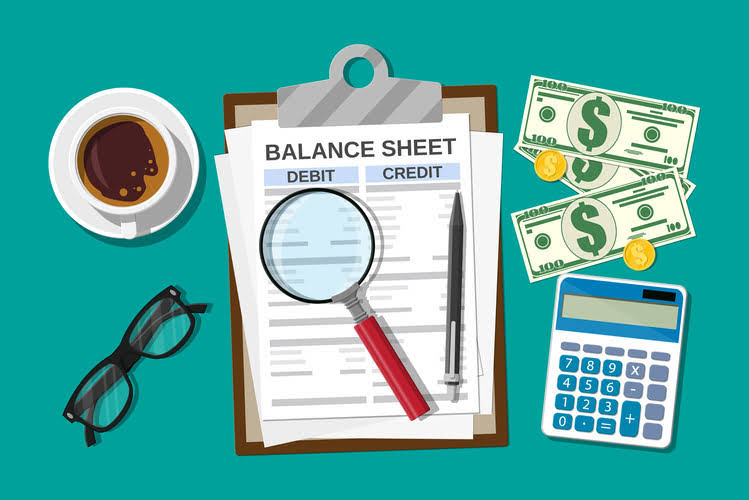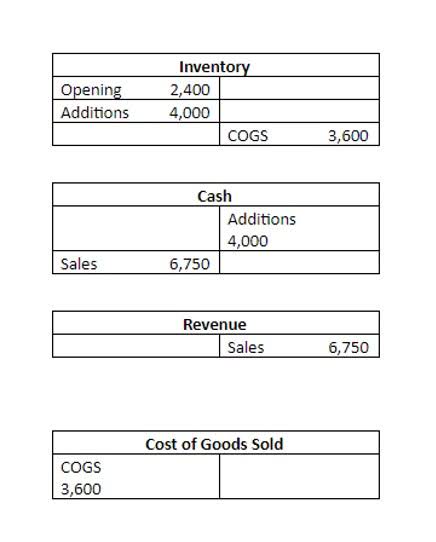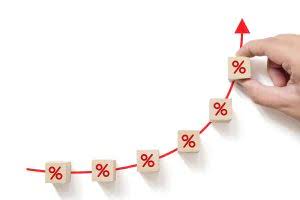
Download our free eBook to discover 5 data-driven steps to double your sales orders in no time. As we set sail from margin to markup, we find a clear process guiding our journey. To calculate the corresponding markup percentage from a given margin, subtract the margin (expressed as a decimal) from 1 and take the inverse of this result. Determining the best pricing is petty cash tough work for even the most experienced distributor.
What’s the Difference Between Margin and Markup?
This can be very detrimental to your business if you’ve increased costs like overhead expenses or set inventory KPIs based on flawed pricing. It can also cause you to sell out of a product and end up upsetting customers who want to buy the product which turns into a backorder. Imagine that you’re a food wholesaler who sells whole turkeys for $20 and that only cost you $10 to acquire. Your gross profit would be $10, but your profit margin percentage would be 50%. That is, you keep 50% of the sales price as the other 50% was used in buying the turkey.

Step-by-step markup calculation example

Markup divides by cost, while margin divides by margin vs markup selling price. The markup is the percentage increase of the price that brings us to the revenue, while the margin is the percentage of the revenue that becomes profit. There are quite a few factors to consider when opening a business.
How do you calculate margin and markup?
- If you sell something for $100 with a 30% margin, you keep $30 as profit, and $70 goes to cover costs.
- For example, if you sell a roofing service for $100, and your cost is $25, the markup and margin are both $75.
- Understand the difference between a balance sheet and an income statement, when to use each, and how Rippling simplifies financial management.
- An ingredient for a recipe would be a direct cost for a restaurant.
- For a company that has a very low gross margin, there are two major approaches for improving this key metric.
- Keep reading to learn more about what is margin, margin vs markup, how to calculate them, and how to convert numbers between the two.
Considering that the reference for calculating markup is cost of goods sold, which is a lesser value, the markup will always be bigger than markup, which is calculated based on revenue. In other words, whereas you divide the gross profit by revenue to calculate margin, you have to divide the gross profit by the COGS to determine the markup. For calculating business profits, using margin instead of markup is best. Margin will also give you a good view of your service’s profitability.
- The integrated nature of Rippling’s platform means your financial data flows seamlessly between HR, IT, and finance functions, eliminating data silos.
- A Profit Margin Calculator simplifies the process of determining how much profit your business is making from its sales.
- As you get to know your business better and you start to look at reports on your sales, margin can help examine how much actual profit you’re making on each sale.
- Both terms revolve around a company’s profits but relay different information.
- Notice how the result of Step 2 is also the profit you’d make with such markup.
What Is Gross Profit Margin VS Net Profit Margin?

It’s like using both a compass and the winds to navigate a ship – both are necessary for a successful voyage. Use our free profit margin calculator to quickly determine the right prices for your wholesale business. The markup calculation is more likely to impact pricing changes over time than a margin-based price.
- The markup on cost is useful when the cost price is known and you are trying to calculate the gross margin or the selling price of the product.
- In contrast, markup refers to the amount or percentage of profits derived by the company over the product’s cost price.
- Charts make it easier to understand complex pricing relationships at a glance.
- But, there’s a key difference between margin vs. Web margin is the percentage of the selling price that is profit, while markup is the percentage of the cost price that is profit.
- Whether you run a retail shop, a service-based business, or a construction company, this article will give you practical pricing knowledge to stay competitive and profitable.
- Before diving into calculations, let’s define the key terms you’ll need to master margin vs markup concepts.
- However, in percentage terms, the two figures are quite different.
Gross Margin Ratio
Markup refers to the amount by which the cost of a good is increased to get to the final selling price, while profit margin refers to sales minus the cost of goods sold. The term wholesale margin refers to the difference between the price at which distributors purchase goods and sell them to retailers. For example, a supplier of dairy products might purchase milk from farms at $1 and sell it to businesses at $1.20. In this particular case, the selling price is Debt to Asset Ratio 20% higher than the purchase price.
